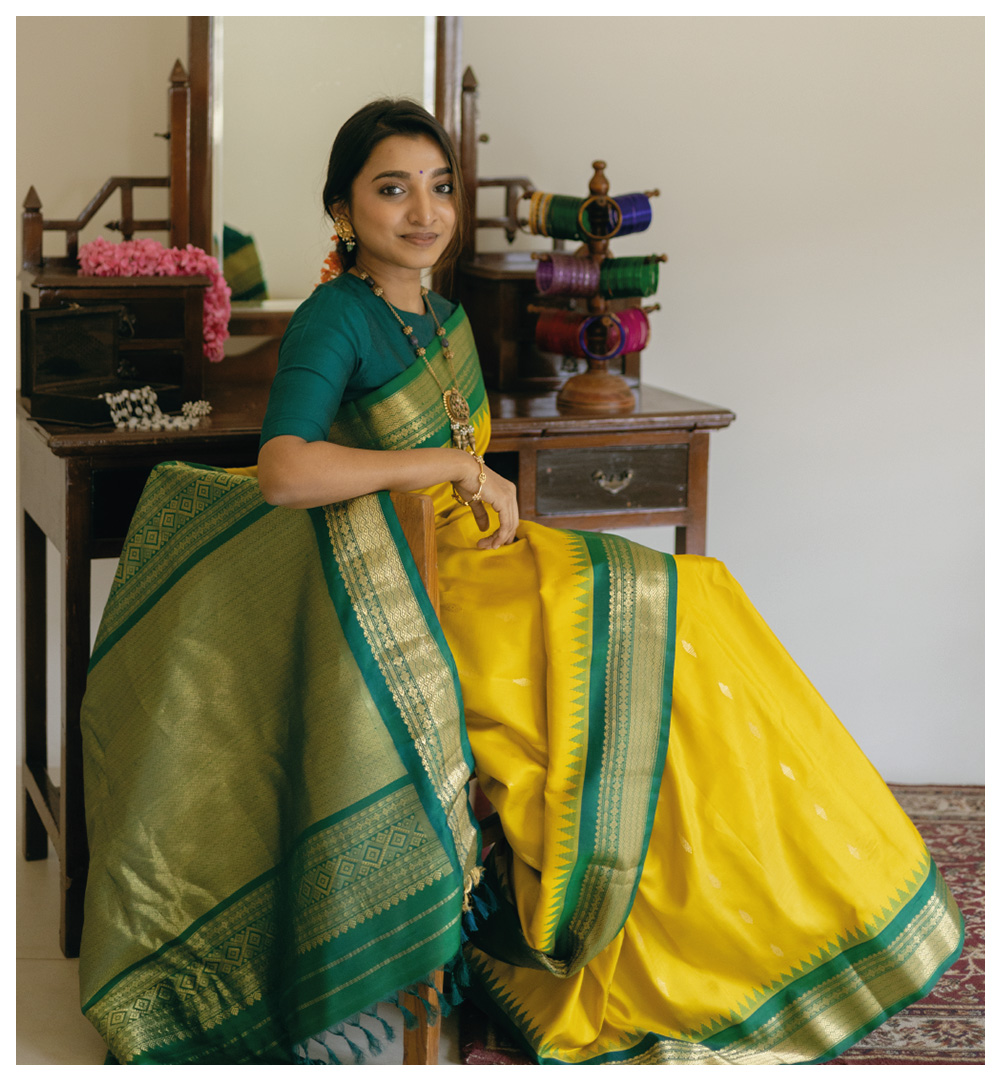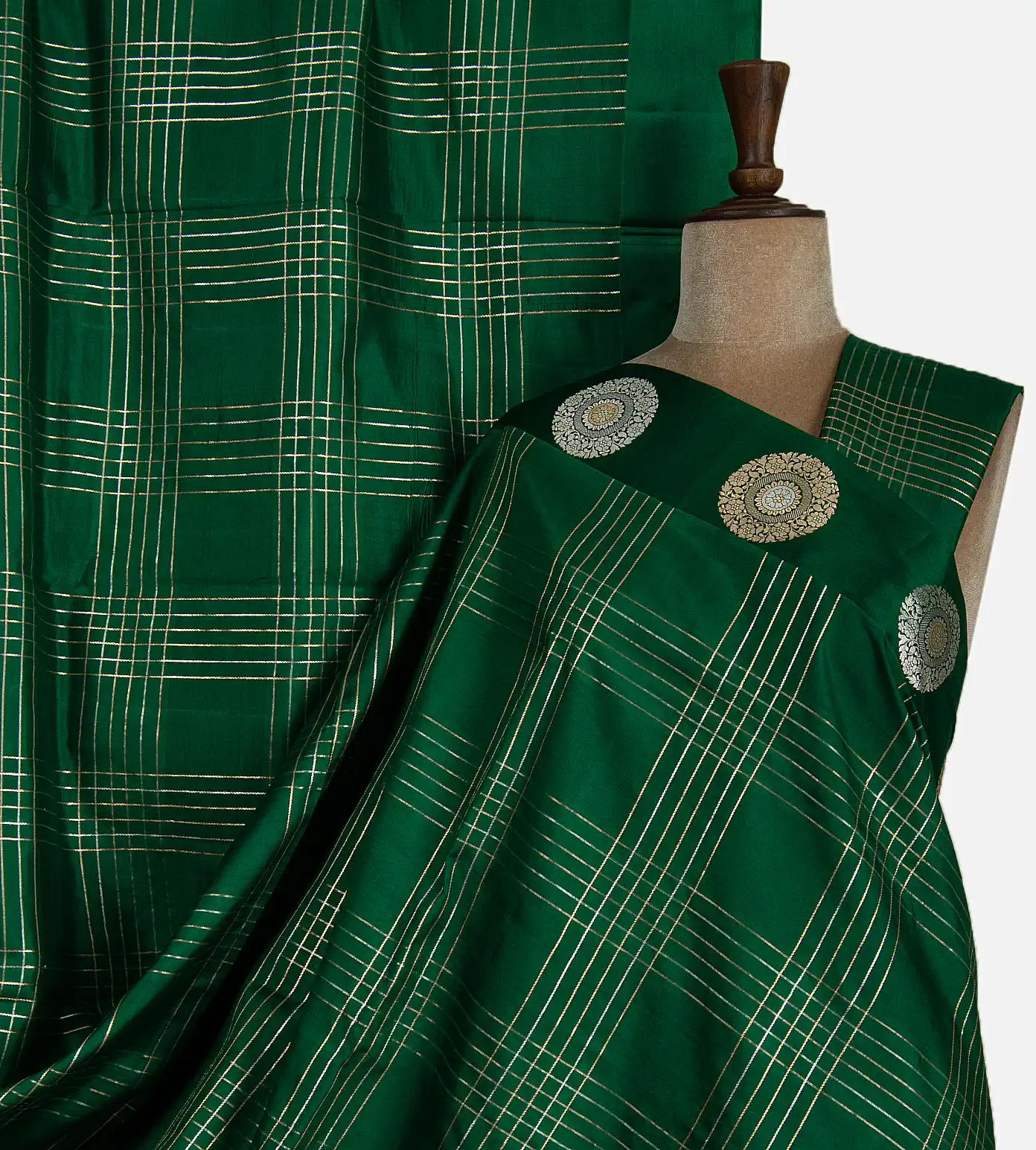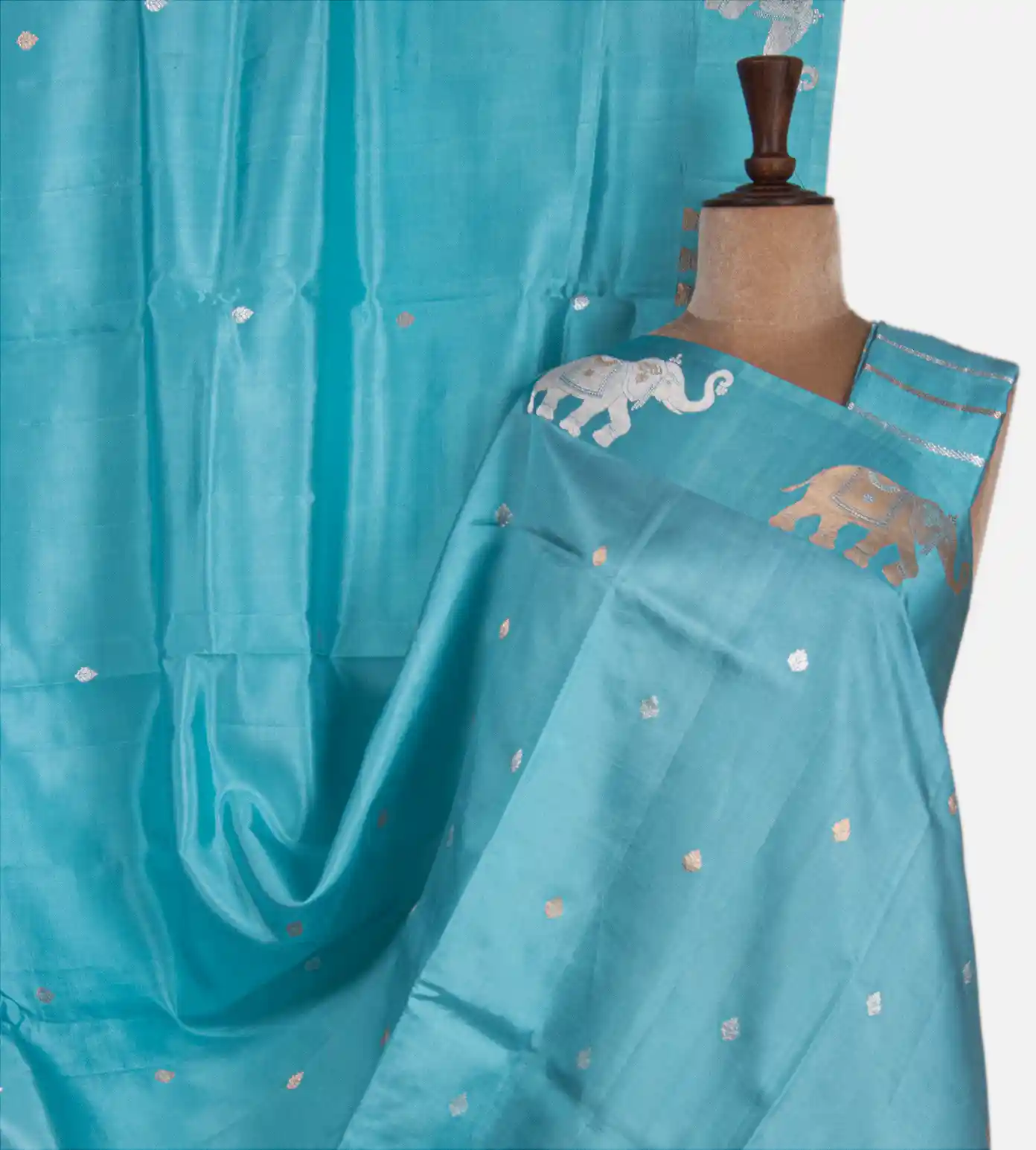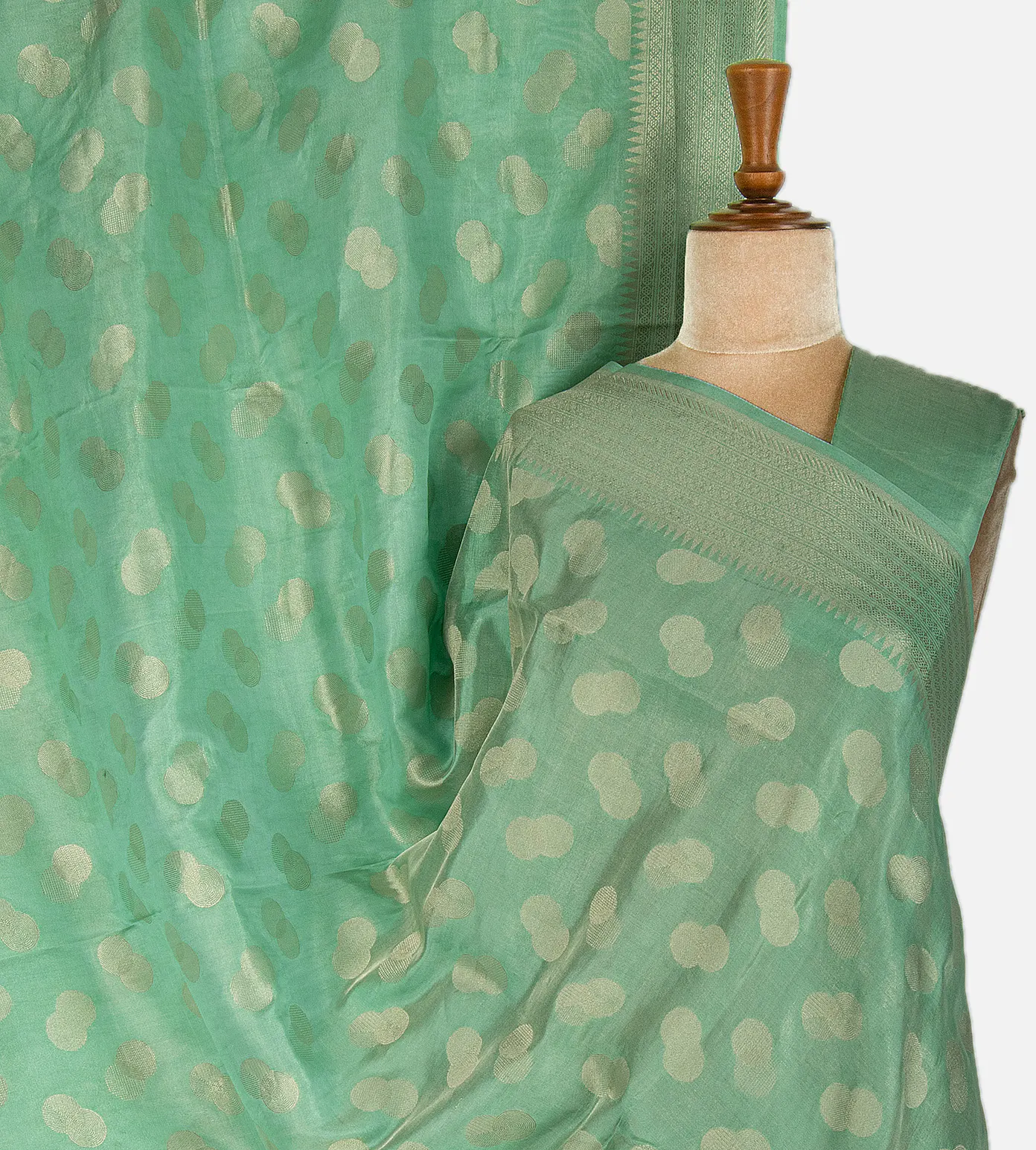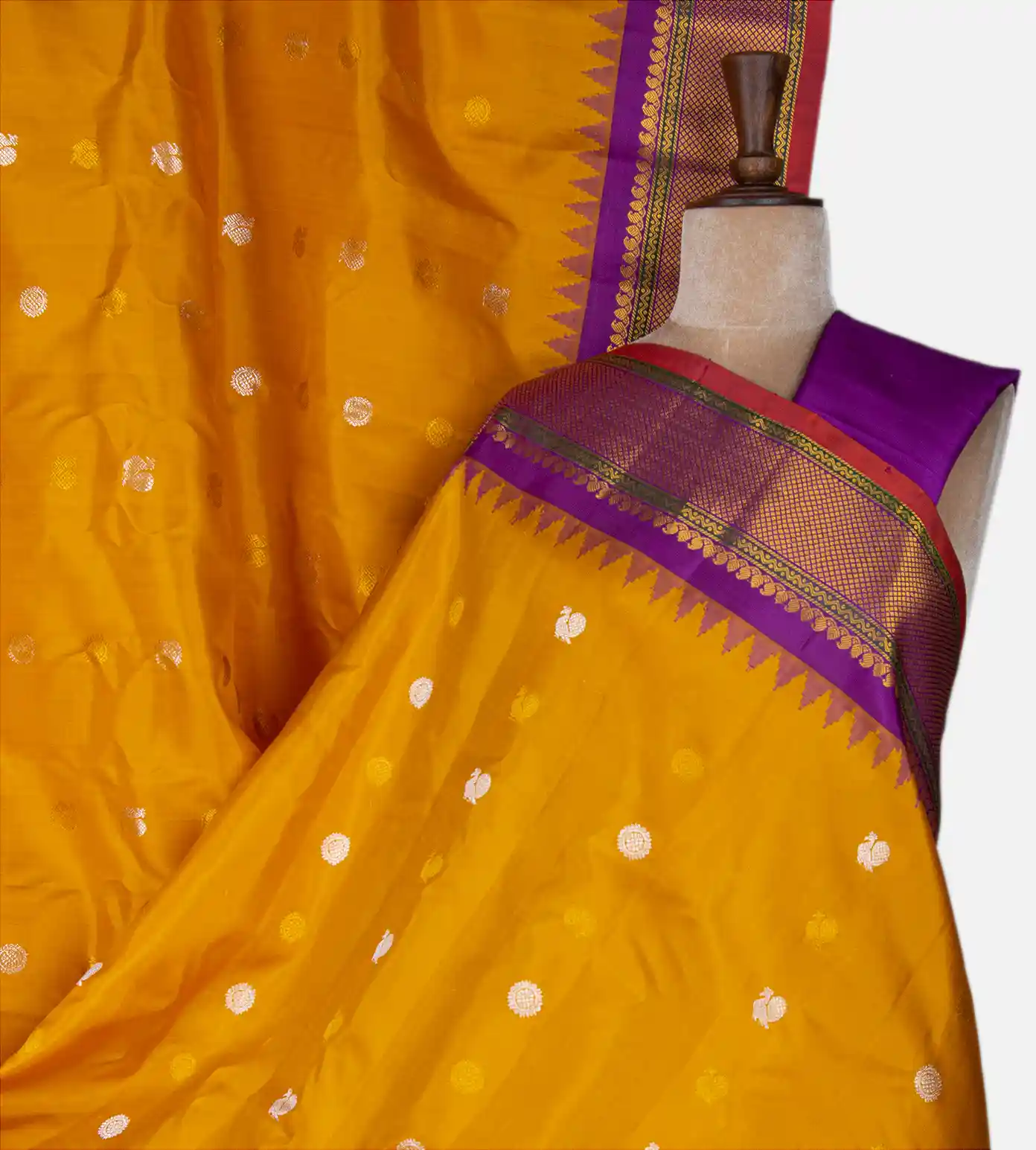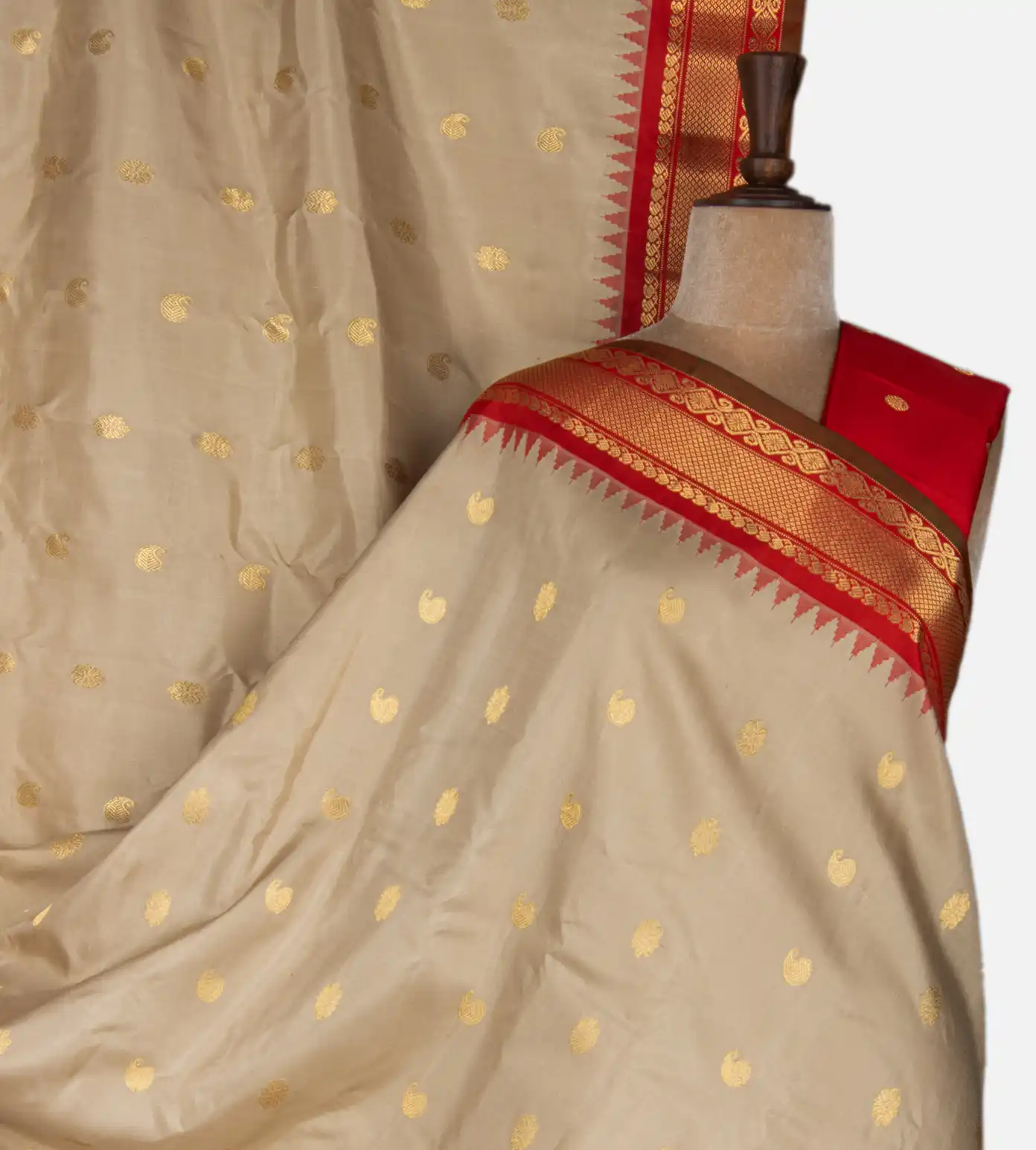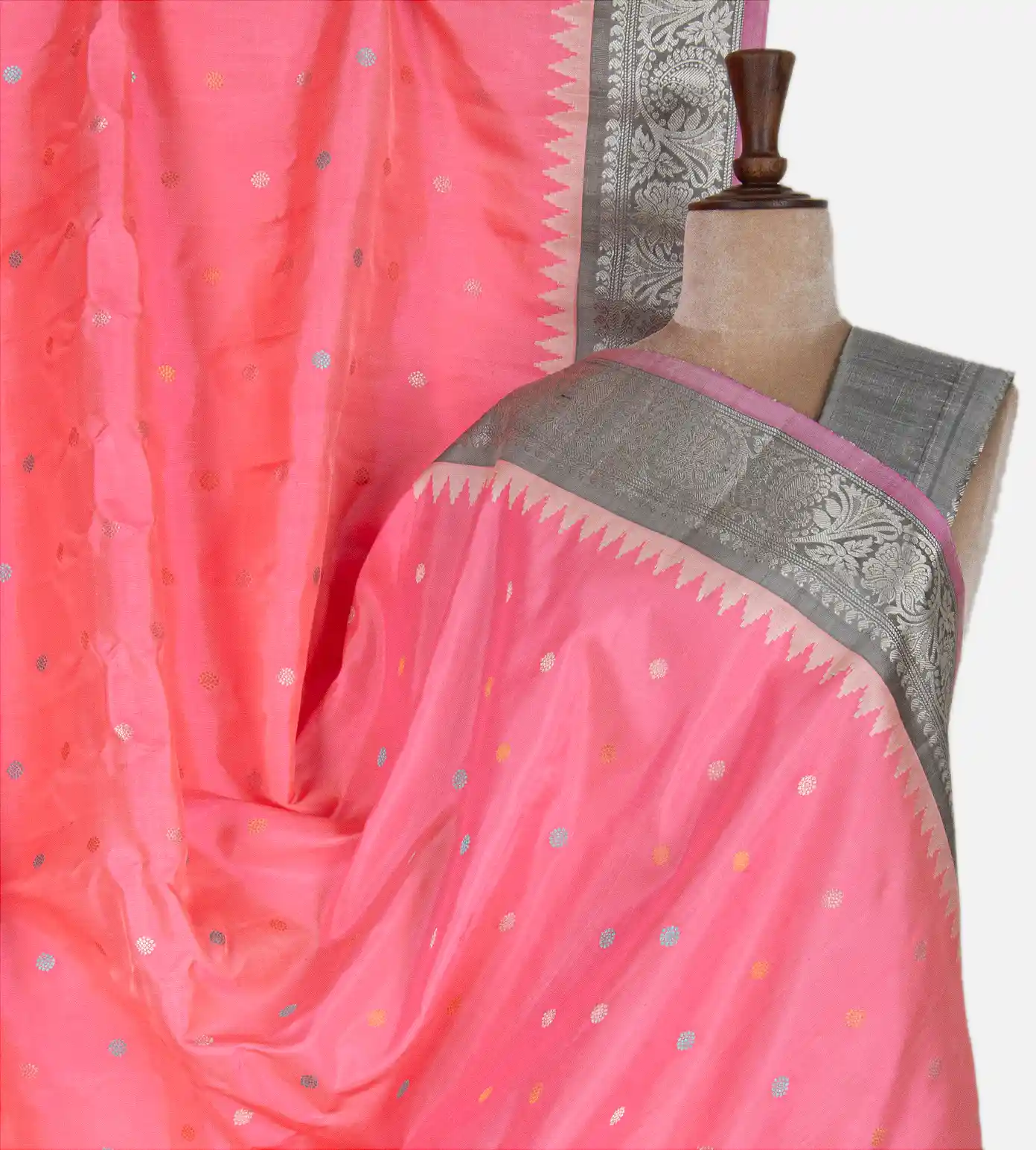Off-beat Saree Picks for Weddings: Why Banarasi & Gadwal Should Be Your Next Go-To
Walk into any saree shop in South India, ask for “wedding silk,” and the first bundle they’ll place in front of you will be a Kanchipuram. Their weight, their zari borders, and the way they are passed down as heirlooms make them truly timeless. It’s a tradition so strong that many brides don’t even look beyond it. Mothers swear by it, grandmothers pass it down, and every shopkeeper will bring out their richest Kanchipuram the moment you say “wedding.”
But, did you also know the fact that India’s weaving history is vast and every region has its own treasures! Alongside Kanchipurams, two other silks deserve a place in wedding wardrobes: Banarasis from Varanasi and Gadwals from Telangana. Equally rich in history, equally intricate in craft, these sarees bring a different kind of elegance to the celebration.
If you’ve ever wanted a saree with the same gravitas as a Kanchipuram but a touch rarer, turn your gaze towards the Banarasi sarees and the Gadwal silk. These sarees, when chosen, create a presence that feels rare, personal, and utterly captivating.
The Reign of the Banarasi Saree
Varanasi has always been alive with craft. Narrow lanes, the smell of dye, the rhythmic sound of looms—centuries of weaving echo through the city. During the Mughal era, artisans began blending Indian silk with Persian-inspired floral motifs. Gold and silver zari intertwined with flowers, leaves, and vines. That is how the Banarasi came to be. Each saree is a story of courts, emperors, weddings past, and family heirlooms.
A Saree That Holds Attention
Banarasi sarees don’t ask for jewellery; they carry it. The motifs, the brocades, the shimmer of metallic threads command attention on their own. At sangeets, receptions, or evening weddings, one drape is often enough. Even a single minimal accessory is optional. The Banarasi speaks with presence, without competing with anything else in the room.
Unlike the Kanchipuram, which often feels reserved for the main ceremony, Banarasis are versatile. Deep jewel tones for the main wedding. Pastels for daytime functions. Even unusual colours like teal, pistachio green, and lilac are paired with modern blouses. They shapeshift beautifully between tradition and modern taste.
The Grace of the Gadwal Saree
If Banarasis carry grandeur, Gadwal silks carry precision. Originating from Gadwal town, their weaving technique is unique. Cotton bodies and silk borders were woven separately, then interlocked so flawlessly that the join is invisible through a technique known as kuttu. This precision gives the saree both strength and beauty, making it as practical as it is exquisite. The sarees were even offered to deities in temples, considered sacred and pure. Known for their lightweight drape and luminous finish, a Gadwal balances comfort with elegance, making it a perfect choice for long hours of wedding rituals.
Soft, Wearable Elegance
Indian weddings are long. Hours of rituals, photos, dancing, and gatherings. Gadwals move with ease. They are lighter, breathable, and comfortable for all-day wear. Yet the silk still glows, capturing light beautifully in natural or ceremonial settings. Daytime functions particularly favour Gadwals; the sheen is subtle but unmistakable. Gadwals pair beautifully with temple jewellery for a regal effect. For softer looks, pearls or kundan bring a gentle touch. The contrasting borders allow for creative blouse choices, layered drapes, or even modern sleeves.
Style Tips to Elevate Your Off-beat Picks
Blouses that Break Tradition: Swap the standard silk blouse for velvet, organza, or even a hand-embroidered jacket-style blouse. This adds a modern layer to Banarasis and Gadwals without disrupting their heritage feel.
Jewellery Pairings: Temple jewellery looks resplendent with Banarasis, amplifying their royal Mughal undertones. Pearls and kundan, on the other hand, soften the look of Gadwals, making them ideal for daylight events.
Colour Play: Don’t shy away from unusual palettes. A Banarasi in teal or pista green, or a Gadwal in pastel lavender, can feel refreshing against the usual reds and golds. Balance the bold with muted accessories, or go all in with contrast accents.
Have You Made the Choice?
A Banarasi can surprise. A Gadwal can quietly stand out. Because weddings are all about your stories. They’re not just about rituals but about weaving your individuality into traditions. These offbeat silks are reminders that elegance doesn’t always shout. Sometimes it whispers. Sometimes it lingers in the memory of guests, in photographs, and in family stories. Their charm is timeless, and their presence is rare, and that’s what makes them unforgettable.
At Tulsi Madras, sarees are more than silk; they are living memories, woven with heritage, artistry, and elegance. A Banarasi or a Gadwal may not be the first choice for everyone, but sometimes, it’s the unexpected drape that leaves the most lasting impression. Shop now!

